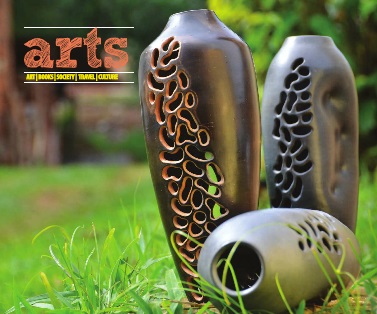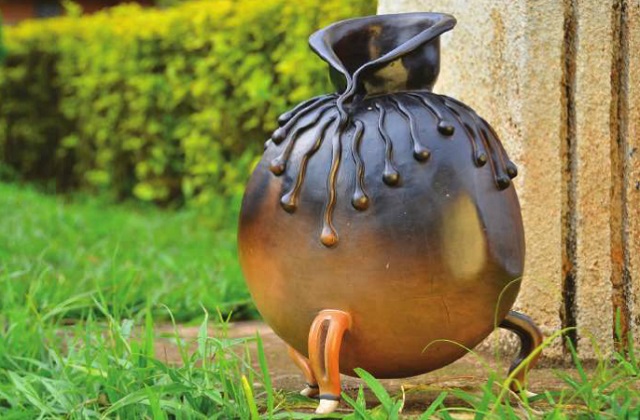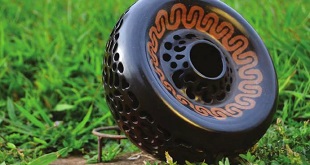Former Mexican writer, diplomat and poet, Octavio Paz once famously remarked that, “What sets worlds in motion is the interplay of differences, their attractions and repulsions. Life is plurality, death is uniformity. By suppressing differences and peculiarities, by eliminating different civilisations and cultures, progress weakens life and favours death.”
ART By Nathan Kiwere

He could not have been closer to the truth, seeing as life has bestowed upon mankind the gift of difference that sets humanity into an experience of variety and diversity. Chief among the elements where this diversity reigns is the arts.
Like finger prints, artists are gifted with signature impressions that are unique to them with no two similar identities anywhere in the world. In the case of art that derives from earth, the sameness of the material notwithstanding, potters are able to render a variety of shapes, colours and designs to produce such beauty that appeals to the eye.
Pottery occupies an important space in the history of Ugandan art, being among the primordial traditional practices of our forefathers way before any contact with Western civilisations. The practice however, was not a form of art produced for aesthetic purposes; rather it held a functional value as a utensil for cooking, water and food storage, among other uses.
It was wrought using indigenous knowledge systems of preservation of earthenware by turning raw clay into terracotta through exposure to extreme temperatures, a technology that is still in wide use to date. That notwithstanding, the making and uses of earthenware have, since the advent of formal education and other factors undergone several translocations and as such the pottery produced by college-trained ceramicists has taken on a new dimension that glorifies beauty over function.

At the vanguard of this innovation is the ceramics department of the Makerere art school. The institution is birthing a generation of young artists that are bent on stretching the elasticity of clay to levels unseen in recent times.
William Mukwaya’s leaded Bowl is more akin to the tradition pottery forms given its shape and colour, save for the lead that is not a common phenomenon. The magic around this piece is the flawless finish and fine linear patterns that grace the surface.
The art starts to take on a knotty direction with the entry of Enkuyege by Henry Bomboka. Three cylindrical vases are rendered with a variety of shapes bored on either side of the piece from top to bottom and finished with a mahogany gloss. This is a purely decorative ware that is a good exemplar of the generic cast that embodies most of the young practitioners of today. Edward Balaba’s Buladde is another classic ware, an ornamental urn balancing precariously on three short legs.

The pale orange and white vase has a belt-like pattern stretching from top to bottom, connecting the black narrow neck with the bulging underbelly. It is this strip of design that completes the vase as a work of art with strong aesthetic credentials.
Carol Adong has for the last few years been at the helm of ceramic production that has captured the imagination of many a collector.
Her piece `Tears from the Last Calla Lilly’ at first assumes the shape of an ordinary water pot until it suddenly shifts at the top into the shape of a shirt collar. Beads of tears are seen hanging loose all around the pot’s belly and connected to the collar by thick strings. These are examples of the path the art of ceramics is taking on and, like Octavio Paz’s observation that life is a plurality; it is best illustrated by these treasures from the earth.
 The Independent Uganda: You get the Truth we Pay the Price
The Independent Uganda: You get the Truth we Pay the Price


